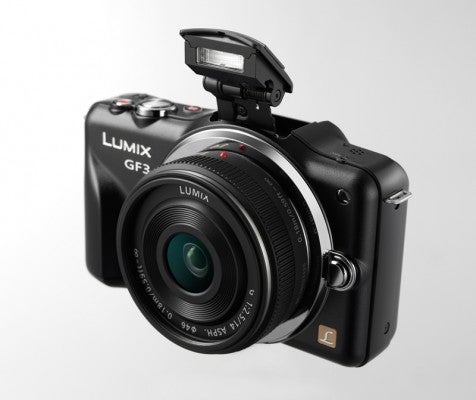The Lumix GF3 is the world's smallest and lightest interchangeable lens camera. What Digital Camera's Panasonic Lumix GF3 review checks if the downsizing makes for the best GF-series model yet...
Panasonic Lumix GF3 Review
Panasonic Lumix GF3 – Features
The Panasonic Lumix GF3 continues the company’s line of small and portable G-series models. By picking some of the top features and performance as found in the Lumix G3 model the GF3 ups the Compact System Camera ante by offering a super-fast autofocus system and ultra-small and light body.
As the Compact System Camera market continues to grow, the focal point for many manufacturers is sizing down the latest camera bodies to encompass top quality (from the large sensor sizes) in a compact-sized body. The Lumix GF3 is the embodiment of this idea, and is the current smallest and lightest interchangeable lens camera available in the world. But with cuts in size compared to the previous GF2 model has anything else been sacrificed in this latest release?
//

The GF3 houses a 12.1-megapixel Micro Four Thirds sensor at its heart, and while resolution hasn’t increased from the previous GF2 model there has been some work behind the scenes for improved processing and, therefore, what should be better image quality across its ISO 160-6400 range.
The camera’s 3.8fps burst rate allows for shots to be quickly reeled off and the inclusion of a 1080i Full HD movie mode which captures at 50 fields per second (outputs at 25fps or 60i/30fps in the NTSC version) shows the camera’s strength in not only stills but motion capture too.
On the GF3’s rear is a 3in, 460k-dot LCD screen with a touch-sensitive panel for true hands-on touch control. The resolution isn’t staggering, but is of good enough quality and well suited to its target market. There’s no viewfinder for this particular G-series model and no hotshoe fitting either means there’s no possibility of adding one at a later date.
The GF3’s manual controls mean it’s suitable for those looking for full control, yet the inclusion of auto modes, including iA (intelligent Auto) and iA+ makes it equally as perfect for point-and-shoot photographers looking for that extra level of quality.





